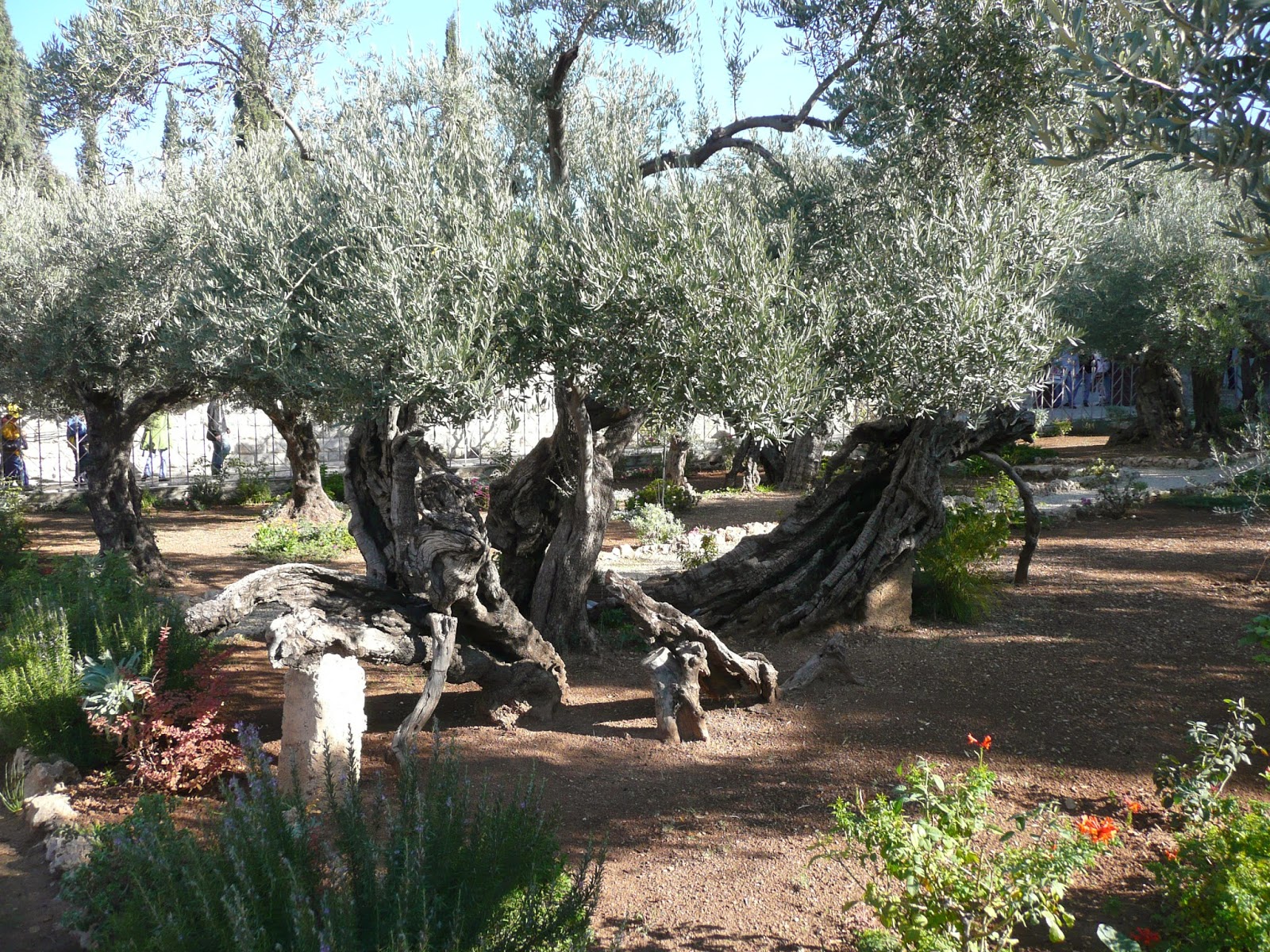And Mary arose in those days, and went into the hill country with haste, into a city of Judah And entered into the house of Zacharias, and saluted Elizabeth. And it came to pass, that when Elizabeth heard the salutation of Mary, the babe leaped in her womb; and Elizabeth was filled with the Holy Spirit; and she spoke out in a loud voice and said,
Blessed art thou among women, and blessed is the fruit of thy womb. Luke 1:39-42
When we arrived at the village of Ein Karem on the outskirts of Jerusalem, we began the climb up the hill to the Church of the Visitation. It was a steep climb, and although we started out enthusiastically it did not take long for us to begin to slow down and feel winded. Mary was a young girl when she made the ascent. Still the phrase, "with haste"makes a vivid picture in my mind. I can see her as she makes the journey, eager to see her cousin and breathless when she arrives. The angel Gabriel had told her the news. Elizabeth was expecting a child in her old age. Mary hurried to share in her cousin's happiness and perhaps to be of some help while she was there, and as Elizabeth was already six months along, Mary would not have long to be there.
It was here in this place at Elizabeth's that Mary spoke the immortal words of the Magnificat,
My soul doth magnify the Lord, and my spirit hath rejoiced in God my Savior. For he hath regarded the low estate of his handmaiden; for, behold, from henceforth all generations shall call me blessed.Luke 1:46-48.
The Church of the Visitation, like so many other monuments in the Holy Land, is a beautiful almost modern structure. On the walls of the courtyard that surround it are plaques engraved with Mary's immortal words in many languages. There is a stone close to grotto where some say that the infant John was hidden behind when Herod sent troops to slaughter the newborn infants of Bethlehem. We looked around and took pictures before entering the church for Mass. It is now so long ago that I made that trip, but it remains fresh in my mind even now. Looking up at the mural of Mary cradling the new-born Jesus in her arms, I took a picture and said a prayer for unborn children before Mass began.
After Mass we began our descent down the hill, renewed and refreshed. In the center of the village, close to the church our guide directed us to a well that is called the Spring of Our Lady Mary. She is said to have rested there before making her final climb to Elizabeth's house. Now we stopped there to refresh ourselves also, marveling at the cool water, still flowing today.





